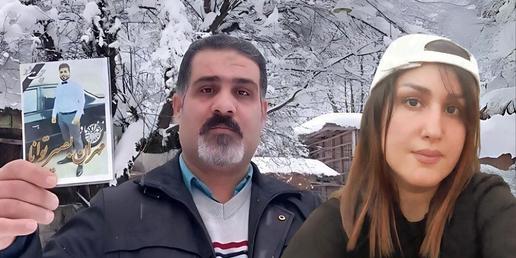For over six days, half a million people in southeastern Sistan and Baluchistan province have been left homeless and stranded amid devastation.
Severe flooding has ravaged farms, mud houses, rural roads, and local infrastructure, closing roads and isolating villages from nearby cities and each other.
With roads flooded, bridges broken, and pathways washed out, air assistance has become the only feasible means of aid.
IranWire sources report a clear absence of governmental action to support those impacted by the floods.
Visuals emerging from the province depict a scene all too familiar, which is a repeat of the tragedy faced four years prior during the floods.
Homes are in ruins, livestock is submerged in mud, and fertile lands lay waste.
Baluch activists highlight that while media and aid have concentrated on the Dashtiari region, the sporadic restoration of internet service reveals a far more dire situation.
The devastation is most severe along the Kajoo River, where six villages, home to over a thousand people, have been severed from the world for a week.
Eyewitnesses recount the perilous journey of a pregnant woman's journey across the swollen river on a tractor, seeking safety.
Moreover, widespread internet outages have further cut off flood-stricken communities, silencing their cries for help.
Human rights advocate Fariba Borhanzehi points to the region's vulnerability, a result of persistent neglect in economic, healthcare, and educational infrastructure.
Her words paint a picture of collapsed homes, uprooted families, and an enduring crisis, emphasizing the chronic challenges faced by the region's inhabitants.
Another Baluch civil activist living in Iran highlighted the desperate need for medical supplies amidst government indifference.
He voiced suspicion that authorities are indifferent to the suffering, perhaps even finding satisfaction in the plight of those they should protect.
"You can see it in their actions," he explained. "They stop fuel trucks meant to help our people. Gas stations won't sell fuel."
"Security institutions block aid to flood victims," he added.
Masoud Raisi, another activist, told IranWire about the inaction of government-affiliated entities like the Crisis Management Organization.
In contrast, he commended the Red Crescent, noting the exceptional commitment of local Baluch field workers, despite the inaction of others.
visit the accountability section
In this section of Iran Wire, you can contact the officials and launch your campaign for various problems





























comments